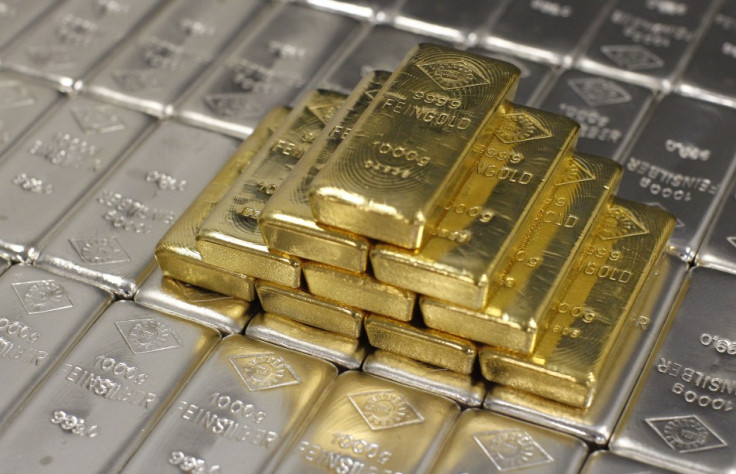Gold-Silver Ratio Rallies to Five-Year High, Showing Silver Investors Suffering More Losses

The safe-haven appeal of gold appears to be helping it remain in a better position compared to silver. This is reflected in the gold and silver ratio that has been on the rise for at least three years now.
The price ratio stood at 74.78 as at October close, its highest in more than five years, and up from 62.9 at end-June. It had touched a record low near 35.0 before reversing the trend.
On the way up or down, silver usually makes steeper moves.
The 2008-2011 rally had seen silver gain 406% from $9.84 to $49.83 while gold made a 165% jump. At the same time, gold's reversal from the 2011 peak has so far resulted in a 40% loss compared to silver's 70% decline during the same period.
During periods of persistent dollar rally, assets denominated in the currency should weaken but gold to some extent claims the status of a safe-haven asset, helping it check some of the losses.
From individual investors to central banks, many entities keep gold reserves as a hedge against inflation or for other portfolio reasons while silver moves more on demand supply outlook, just like any other precious metal.
The industrial demand outlook for silver is not likely to pick up with most global economies either battling a slow recovery or slowdown itself.
On Wednesday, silver traded as low as $15.11/ounce, its lowest since February 2010. Gold was at $1137.30, its lowest since April 2010.
The dollar index, the gauge that measures the currency's strength against a trade-weighted basket of six major counterparts, traded at a four-year high of 87.60.
© Copyright IBTimes 2025. All rights reserved.






















